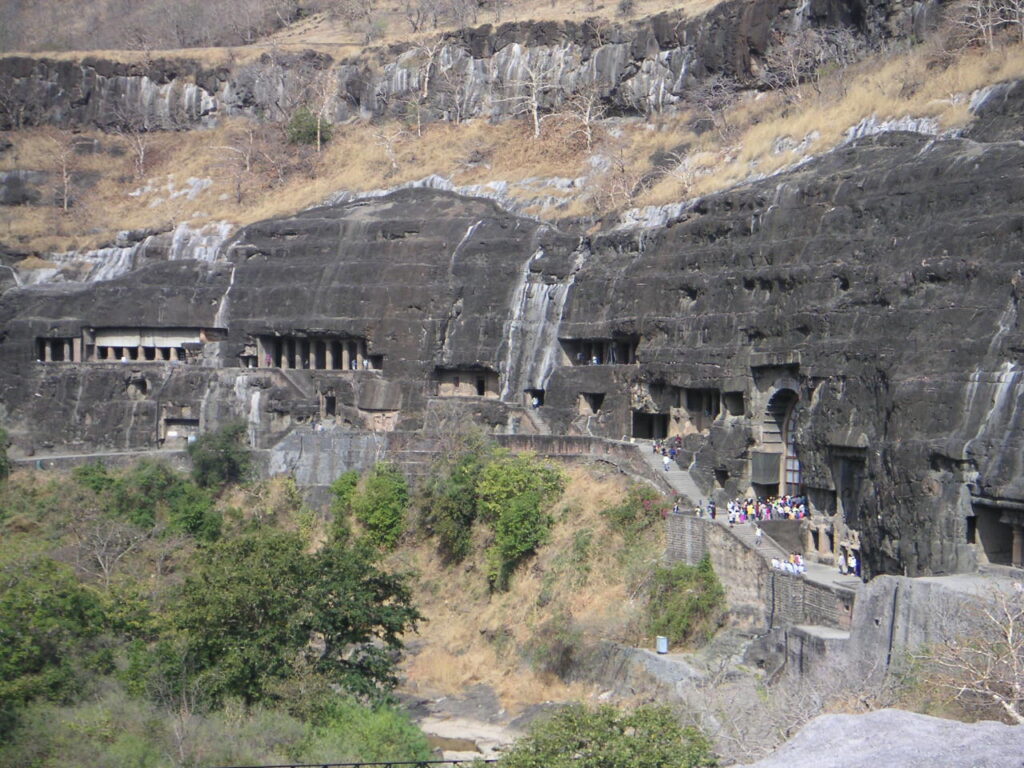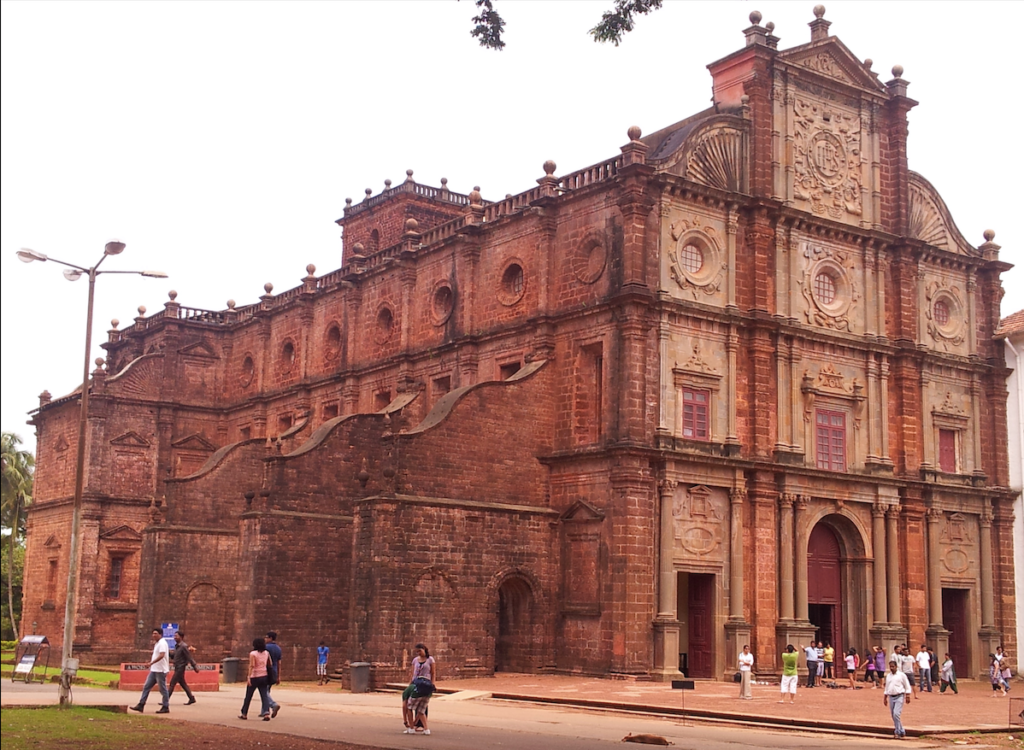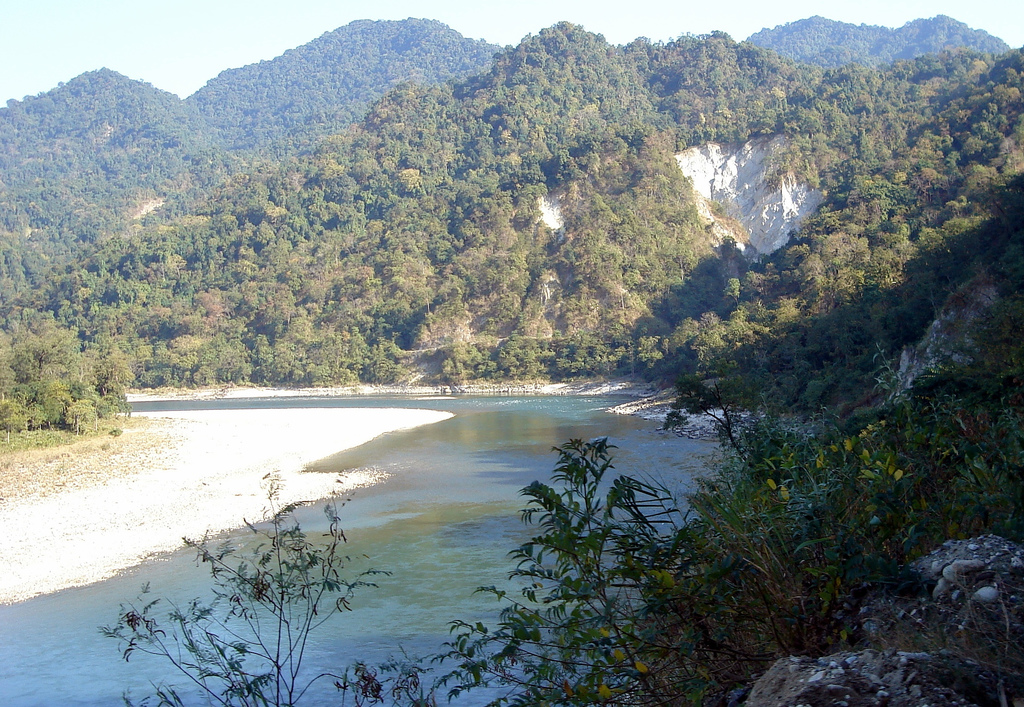Introduction:
Qal’at Bani Hammad, also known as the Castle of Bani Hammad, stands as a testament to the rich historical and architectural heritage of Algeria. Situated amidst the rugged terrain of the Hodna Mountains in northeastern Algeria, this ancient citadel bears witness to the rise and fall of the Bani Hammad dynasty, a powerful Berber kingdom that flourished during the 11th century. This essay embarks on a journey to unravel the mysteries and marvels of Qal’at Bani Hammad, exploring its historical significance, architectural splendor, and enduring legacy.
The Rise of the Bani Hammad Dynasty:
The history of Qal’at Bani Hammad is intricately intertwined with the rise of the Bani Hammad dynasty, which emerged as a dominant force in North Africa during the 11th century. The dynasty was founded by Hammad ibn Buluggin, a Berber chieftain who established his capital at Qal’at Bani Hammad in 1007 CE. The citadel served as the political, administrative, and cultural center of the burgeoning kingdom, which encompassed vast territories in present-day Algeria and Tunisia.
Under the rule of the Bani Hammad dynasty, the citadel flourished as a center of Islamic learning, trade, and craftsmanship. The rulers of Bani Hammad were known for their patronage of the arts, architecture, and scholarship, fostering a vibrant cultural and intellectual milieu that attracted scholars, poets, and artisans from across the Islamic world.
Architecture and Urban Planning:
Qal’at Bani Hammad is renowned for its impressive architectural features, which reflect a blend of Berber, Arab, and Andalusian influences. The citadel is situated atop a rocky promontory, providing a commanding vantage point over the surrounding landscape. Its strategic location, surrounded by natural defenses such as cliffs and ravines, made it an ideal site for fortification and defense.
The citadel is enclosed by a massive defensive wall, punctuated by towers, bastions, and gateways, which served to protect the inner precincts from enemy attacks. Within the fortified enclosure, visitors can explore a labyrinth of narrow streets, alleyways, and residential quarters, which once bustled with activity and commerce.
One of the most striking features of Qal’at Bani Hammad is the Great Mosque, a monumental structure located at the heart of the citadel. The mosque is characterized by its towering minaret, intricate stucco decorations, and horseshoe arches, typical of Islamic architecture in the Maghreb region. The mosque served as a spiritual and communal hub for the inhabitants of Bani Hammad, providing a place for worship, education, and social gatherings.
Decline and Abandonment:
Despite its initial prosperity and cultural achievements, the Bani Hammad dynasty faced internal strife and external pressures that eventually led to its downfall. In the mid-11th century, the kingdom was weakened by succession disputes, tribal rivalries, and incursions by neighboring powers, including the Almoravid dynasty of Morocco.
In 1152 CE, Qal’at Bani Hammad was besieged and captured by the Almohads, a Berber dynasty that sought to unify North Africa under their rule. The citadel was sacked, its inhabitants dispersed, and its treasures plundered, marking the end of the Bani Hammad dynasty and the decline of the once-great kingdom.
Following its conquest by the Almohads, Qal’at Bani Hammad fell into decline and was gradually abandoned as a political and cultural center. The citadel remained largely deserted for centuries, its crumbling walls and silent streets serving as a poignant reminder of its former glory.
Rediscovery and Conservation:
In the 20th century, Qal’at Bani Hammad was rediscovered by archaeologists and historians, who recognized its historical and cultural significance. Excavations and restoration efforts were initiated to uncover the secrets of the ancient citadel and preserve its architectural treasures for future generations.
Today, Qal’at Bani Hammad is a UNESCO World Heritage Site, recognized for its outstanding universal value and contribution to human civilization. The citadel attracts visitors from around the world who come to marvel at its architectural splendor, explore its ancient ruins, and learn about its fascinating history.
The site is managed by the Algerian government, which is committed to preserving and protecting Qal’at Bani Hammad for future generations. Conservation projects, including stabilization of structures, maintenance of infrastructure, and interpretation of historical significance, are ongoing to ensure the long-term sustainability of the site.
Legacy and Cultural Significance:
Qal’at Bani Hammad stands as a testament to the ingenuity, creativity, and resilience of the Berber people of North Africa. It bears witness to a bygone era of Islamic civilization, when the region flourished as a center of learning, commerce, and artistic expression.
The citadel’s architectural and artistic achievements continue to inspire admiration and awe, serving as a source of pride for the people of Algeria and the wider Islamic world. Qal’at Bani Hammad’s inclusion on the UNESCO World Heritage List ensures that its legacy will endure for generations to come, as a symbol of cultural heritage, historical memory, and human achievement.
Conclusion:
Qal’at Bani Hammad, the ancient citadel of the Bani Hammad dynasty, stands as a testament to the rich cultural heritage and architectural splendor of Algeria. Its towering walls, majestic minarets, and silent streets bear witness to a bygone era of Islamic civilization, when the region flourished as a center of learning, commerce, and artistic expression.
As we marvel at the ruins of Qal’at Bani Hammad, let us reflect on the ingenuity, creativity, and resilience of the people who built and inhabited this ancient citadel. May its legacy serve as a reminder of the enduring value of cultural heritage and the importance of preserving and protecting our shared history for future generations to cherish and appreciate.






